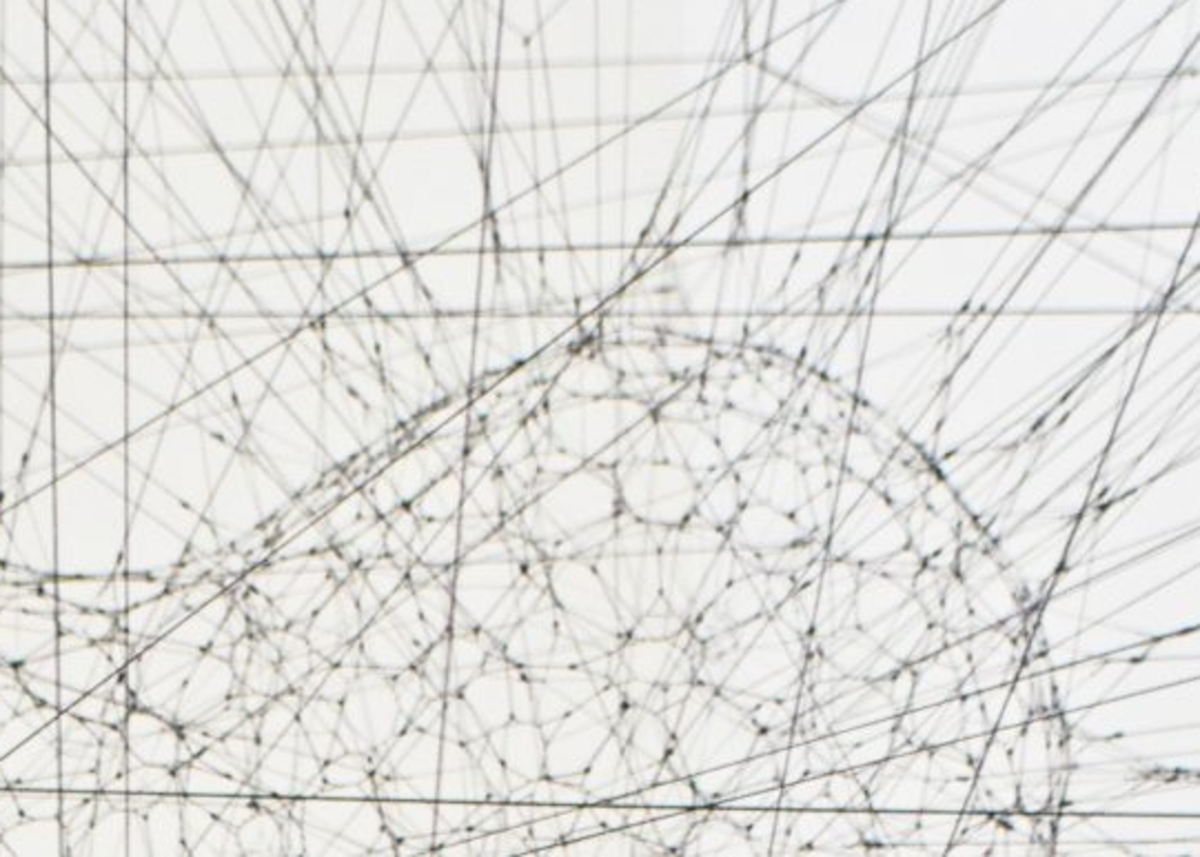A team of researchers at ETH Zurich has developed a DNA-based storage architecture to produce materials with immutable memory, which could be used to store electronic health records or facilitate the development of self-replicating machines.
The DNA-of-things (DoT) storage framework uses DNA molecules to record data, the researchers wrote in a study published on Monday in Nature Biotechnology. These molecules are then encapsulated in nanometer silica particle-encapsulated DNA (SPED) beads, which are fused into various materials that are used to print or cast objects in any shape.

DNA-of-things and the Stanford bunny
Their first test object was the so-called "Stanford Bunny", a 3D graphics model developed by Greg Turk and Marc Levoy in 1994. They created a print of the Bunny which also contained a 45-kB digital DNA blueprint for its own synthesis. They proceeded to synthesize five generations of the bunny, each from the memory of the previous generation, showing that the data can be retrieved from the 3D print by using a minute quantity of material and decoding it with the help of a portable sequencer.
This was done by clipping about 10 mg of printed material from the ear of the bunny and releasing the encapsulated DNA from the beads. The recovered DNA was amplified and sequenced using an Illumina iSeq. To demonstrate the ability to store the DNA long term, they sequenced a fifth-generation Bunny nine months after its synthesis and used the sequence information to generate a further product generation. The researchers found that they were able to perfectly retrieve the file from all five bunny generations, regardless of the age of the progeny.
The researchers hypothesized that the DoT architecture could be used in applications where blueprint-level information must be accessible, for example in mass-manufactured objects. "Our results suggest that one DoT library has sufficient replicating capacity to produce storage material for a virtually unlimited supply of objects," the authors concluded.
